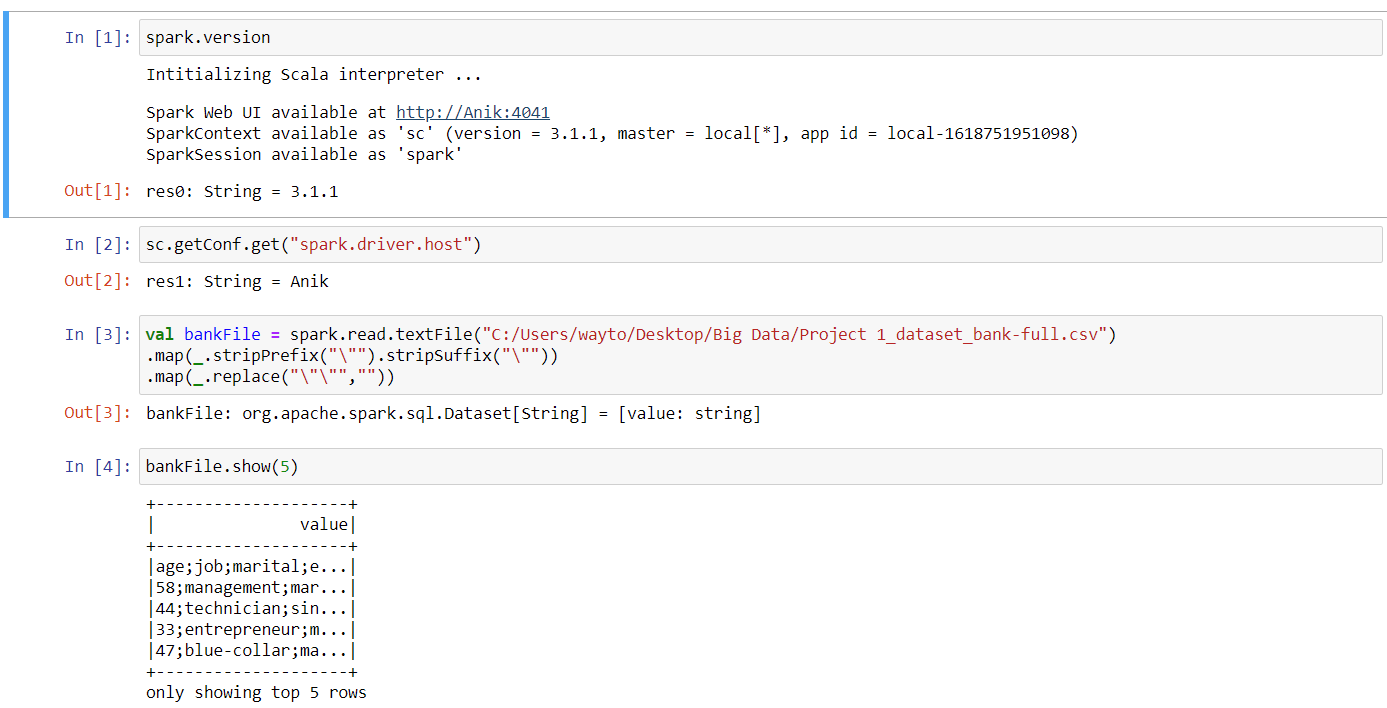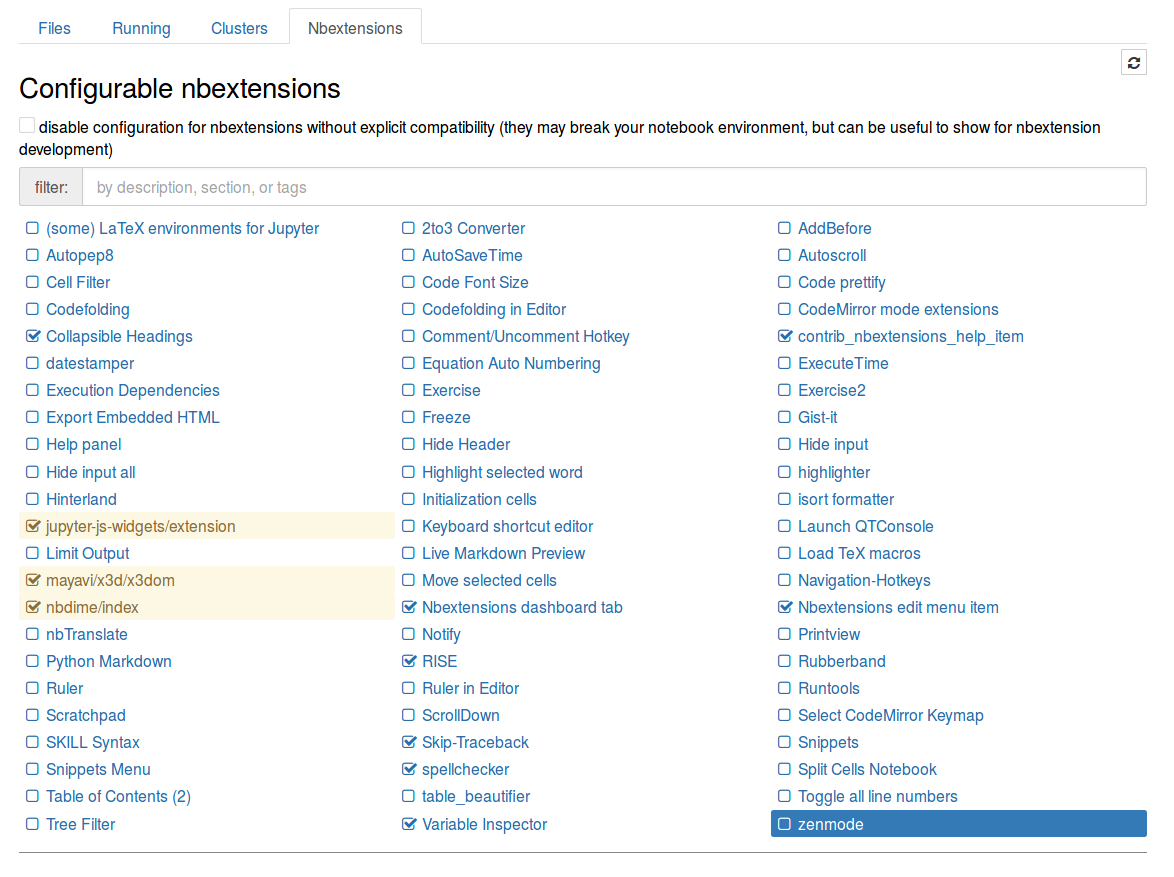


Easy to share: Jupyter Notebooks are saved in the structured text files (JSON format), which makes them easily shareable.

It also uses online tools and nbviewer which allows you to render a publicly available notebook in the browser directly. Easy to convert: Jupyter Notebook allows users to convert the notebooks into other formats such as HTML and PDF.All in one place: As you know, Jupyter Notebook is an open-source web-based interactive environment that combines code, text, images, videos, mathematical equations, plots, maps, graphical user interface and widgets to a single document.There are the following advantages of Jupyter Notebook. Creating a Notebook in Jupyter Notebook.In this tutorial, we are going to discuss the following topics: Note: Jupyter Notebook mainly used for Python because Python is used with Artificial Intelligence (AI), Machine learning, as well as Deep learning. It integrates with many programming languages like Python, PHP, R, C#, etc. Jupyter Notebook is an open-source, web-based interactive environment, which allows you to create and share documents that contain live code, mathematical equations, graphics, maps, plots, visualizations, and narrative text. Our Jupyter Notebook tutorial is designed for beginners and professionals. Check out the details explanation here to understand, why and what installation practices must be followed even though the so-called usual way of installing mostly works.Jupyter Notebook tutorial provides basic and advanced concepts of the Jupyter Notebook. It is a quick solution however it is not the best way to do it. It is not a recommended way to install python packagess if you are not using a virtual environment. '/Users/SKum95/Library/Caches/pypoetry/virtualenvs/learning-95PotLIK-p圓.10 You can see in the above screenshot the package is installed in the virtual environment path.


 0 kommentar(er)
0 kommentar(er)
